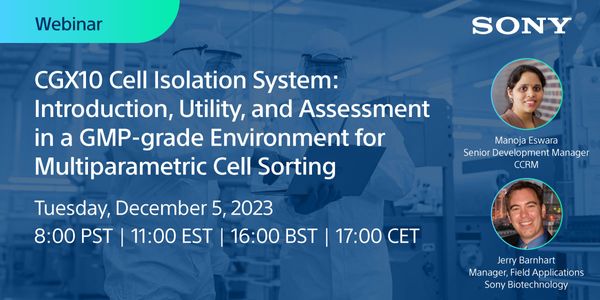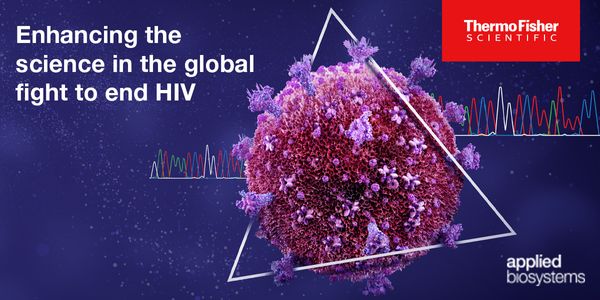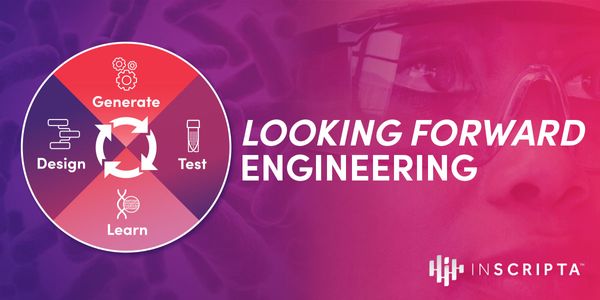Space Exploration
Space Exploration: is the discovery and exploration of celestial structures in outer space by developing and growing space technology. While the study of space is carried out mainly by astronomers with telescopes, the physical exploration of space is conducted both by unmanned robotic space probes and human spaceflight.
-
Change in the lab is inevitable. Skilled labor shortages. Ongoing lab space consolidation and build-outs. Rapidly changing workflows and instrument layouts. Innovations in instrument technol...
DEC 05, 2023 | 8:00 AM
CGX10 Cell Isolation System: Introduction, Utility, and Assessment in a GMP-grade Environment for Multiparametric Cell Sorting A future of long-term, minimally toxic immunotherapy personaliz...
Pathology Perspective: Discover the critical need for genomic testing in cancer and explore the differences between traditional tissue biopsies and liquid genomic profiling. We'll dive i...
Speaker:
Dr. Shuko Harada
, Dr. Aakash Desai, MBBS, MPH
Presented at: Precision Medicine in Solid Tumors
MAR 23, 2023 | 8:00 AM
Date: March 23, 2023 Time: 8:00am (PDT), 11:00am (EDT), 8:00pm (CEST) Across clinical oncology applications, from molecular testing to cancer research the ability to identify potentially act...
AUG 16, 2022 | 7:00 AM
Date: August 16, 2022 Time: 7:00am (PDT), 10:00am (EDT), 4:00pm (CEST) In this session, researchers, clinicians, and program implementers from four countries will address the disruption in co...
Speaker:
Carlos Brites, MD, PhD
, Mandisa Dukashe, MPH, PhD(c)
, Olabanjo Okunlola Ogunsola, MBCHB, MPH, FWACP
, Dr. Cissy Kityo Mutuluuza, MBChB, M.Sc, PhD
, Obiageli Okafor, MD, DrPH, MPH, Moderator
Sponsored By: Thermo Fisher Scientific
NOV 16, 2021 | 9:00 AM
Date: November 16, 2021 Time: 9:00am (PDT), 12:00pm (EDT) Discovery in biological research was historically driven by empirical methods. The advent of biological engineering, propelled by te...
This panel of retail executives will discuss how they're adapting to the pandemic and increasing basket size amidst curbside pick-up and delivery. They will also offer recommendations fo...
Speaker:
Charlie Cain
, Denise De Nardi
, Rocio Garcia
, Cris Rivera
Presented at: MJ Unpacked - Midwest
While global demand for food is expected to increase significantly (70% by 2050), the agricultural industry is suffering from a decline in soil fertility, the adverse effects of climate chan...
Speaker:
Brajesh Singh
While live cell imaging offers advantages over traditional static imaging, this approach has been challenging for studying microbes due to the difficulty in tracking very small cells in a si...
Speaker:
Cindy Chen, PhD
In Pacific Northwest watersheds several species of Pacific salmonid fishes are hosts for the rhabdovirus infectious hematopoietic necrosis virus (IHNV). In this multi-host ecosystem speciali...
In this webinar, we will present QIAGEN CLC Genomics Workbench and its utility for bacterial isolate identification, strain discrimination using core genome multi-locus typing (cgMLST) and d...
Speaker:
Jonathan Jacobs, PhD
Learning Objectives: 1. Understand the challenges of extracting DNA from human samples for microbiome analysis, and learn about the best technologies for accomplishing this 2. Learn about pr...
Speaker:
Dominic O'Neil, MS, MBA
























